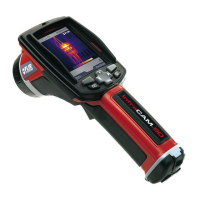Figure 12.7 A: Temperature in degrees Fahrenheit; B: Maximum amount of water in gr/ft
3
(at sea level)
BABABABA
2.1232.04.1250.07.5868.013.3086.0
1.9630.23.8648.27.1466.212.6084.2
1.8128.43.6246.46.7364.411.9382.4
1.6726.63.4044.66.3462.611.2980.6
1.5424.83.1842.85.9760.810.6878.8
1.4223.0.2.9841.05.6259.010.1077.0
1.3121.22.7939.25.2957.29.5475.2
1.2119.42.6137.44.9755.49.0173.4
1.1117.62.4435.64.6753.68.5171.6
1.0215.82.2833.84.3951.88.0369.8
Example:
The relative humidity of a certain volume of air at a temperature of +30°C (+86°F) is
40 % RH. Amount of water in 1 m
3
(35.31 ft
3
) of air at +30°C = 30.44 × Rel Humidity
= 30.44 × 0.40 = 12.18 g (187.96 gr).
12.3.7.2 Definition of dew point
Dew point can be regarded as the temperature at which the humidity in a certain
volume of air will condense as liquid water.
Example:
The relative humidity of a certain volume of air at a temperature of +30°C (+86°F) is
40 % RH. Amount of water in 1 m
3
(35.31 ft
3
) of air at +30°C = 30.44 × Rel Humidity
= 30.44 × 0.40 = 12.18 g (187.96 gr). In the table above, look up the temperature
for which the amount of water in air is closest to 12.18 g. This would be +14.0°C
(+57.2°F), which is the approximate dew point.
12.3.8 Assessing thermal bridging and insulation continuity
12.3.8.1 Credits
This Technical Note was produced by a working group including expert thermogra-
phers, and research consultants. Additional consultation with other persons and or-
ganisations results in this document being widely accepted by all sides of industries.
The contents of this Technical Note is reproduced with kind permission from, and
fully copyrighted to, United Kingdom Thermography Association (UKTA).
12
106 Publ. No. 1558299 Rev. a200 – ENGLISH (EN) – February 12, 2007
12 – Introduction to building thermography

